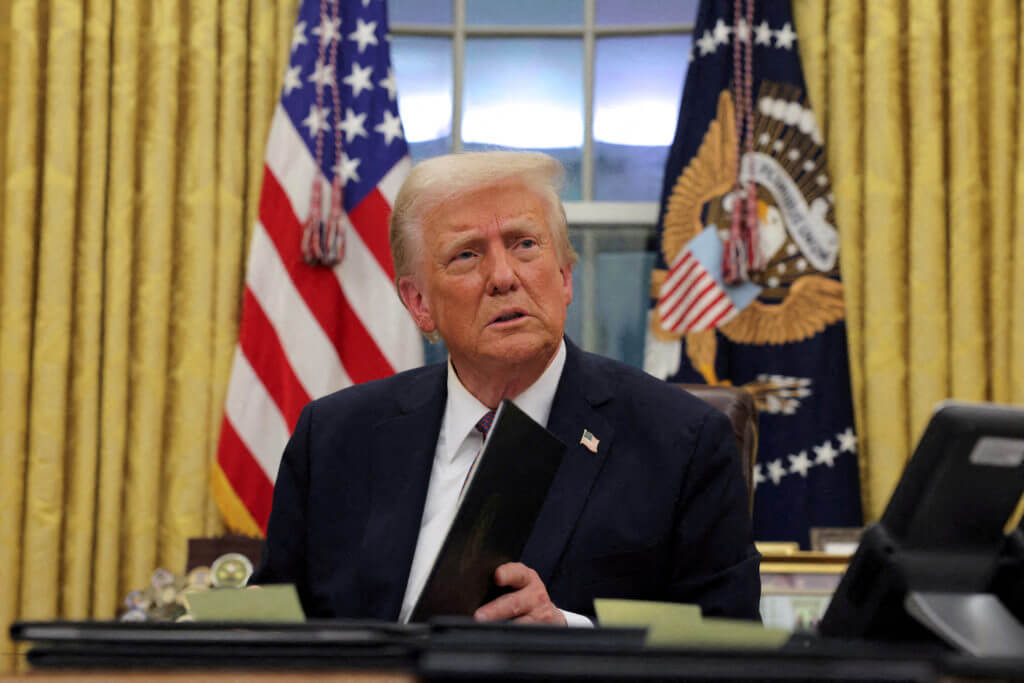The Trump administration is doubling down on its commitment to American leadership in artificial intelligence (AI) with a plan centered on constructing massive data centers across the United States. This initiative aims to fuel American innovation, promote technological dominance, and secure the nation's position as a global AI powerhouse. The plan, which builds upon previous executive orders and policy frameworks, focuses on accelerating AI innovation, building AI infrastructure, and leading in international AI diplomacy and security.
The core of this initiative is the recognition that AI development and deployment require vast computational resources. To meet these demands, the Trump administration is prioritizing the construction of data centers and related energy infrastructure. This includes streamlining the federal permitting process for data centers and semiconductor fabrication plants ("fabs"), potentially overriding local delays and removing federal regulatory restrictions. The administration is also considering making federal lands available for data center construction and associated power generation infrastructure. The Department of Energy (DOE) has already selected four sites for potential AI data center and energy infrastructure development, inviting private sector partners to participate in these projects.
Recognizing that data centers are energy-intensive, the initiative addresses the need for reliable and affordable energy to power these facilities. The plan emphasizes upgrading the electric grid with new nuclear fission, fusion, and geothermal capacity. It also supports data centers integrating their own power generators, such as gas turbines and modular nuclear reactors. This focus on energy production aligns with the broader "American energy dominance" agenda, potentially easing restrictions, including clean air and water laws, that the administration views as impediments to energy development.
Beyond infrastructure, the Trump administration's AI initiative seeks to promote American AI innovation through deregulation and workforce development. The plan recommends identifying and revising or repealing regulations that hinder AI innovation and adoption. It also proposes workforce initiatives to train electricians and HVAC technicians for data centers, as well as funding "automated cloud-enabled labs" across scientific fields. These efforts aim to ensure that the United States has a skilled workforce to support the growing AI industry.
The initiative also emphasizes the importance of securing global leadership in AI. This includes promoting the export of American AI technology, including hardware, data pipelines, AI models, and cybersecurity measures, to allies and partners worldwide. The goal is to establish American AI as the "gold standard" and encourage international adoption of American AI systems. The plan also addresses concerns about ideological bias in AI models, seeking to ensure that federal government contracts are only awarded to developers who ensure their systems are objective and free from bias.
However, the initiative also faces potential challenges and criticisms. Building massive data centers requires significant electricity and water resources, potentially straining existing infrastructure and exacerbating environmental concerns. The relaxation of environmental regulations to expedite data center construction could raise concerns about air and water quality. Furthermore, the focus on specific technologies, such as nuclear and fossil fuels, may be viewed as limiting innovation in renewable energy sources.
Despite these potential challenges, the Trump administration's AI initiative represents a significant effort to bolster American competitiveness in this critical field. By prioritizing infrastructure development, promoting innovation, and fostering international collaboration, the plan seeks to ensure that the United States remains at the forefront of AI development and deployment for years to come.

















